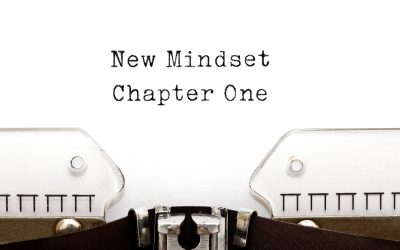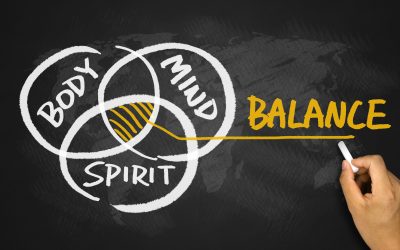Practicing Perspective: A Bedtime Story

A Bedtime Story
Mind says “Go this way, hurry up!”
“You can’t.
You don’t know.
You’re not that. This is the truth.” Mind chatters.
It remains attached to characters of a story, of its own making,
Stories that only serve Mind.
Mind moves us into shadows,
then questions clarity
with blind duplicity.
It invites chaos and welcomes indecision.
It does not need truth to function; only words.
Mind believes what it believes.
Until one day, mind meets Inquiry.
Inquiry quiets mind.
Inquiry begins the practice of perspective.
Inquiry asks not how it is; inquiry asks how it feels…
Inquiry creates space;
to breathe deeper, to spread out wings, to see differently than before
…before the mind was quieted.
Mind concedes,
“I see now”, Mind says.
“Thank you Inquiry, that’s enough for now.”
Says the heart, with a whisper.
“Let’s just be…”
Inhale….. and exhale…
Inhale…. and exhale…
“For how long?”, Mind asks
“Forever…?” asks inquiry.
“For now…”, the heart reminds.
“The soul has been given its own ears to hear things the mind does not understand.”
THE MORAL OF THE STORY
The mind is conditioned, just like a muscle. It’s conditioned as a child, by the predominant people (I’m looking at you, adults) involved in your early stages of ‘being’. Then culture, peers and entertainment add another layer of influence. And the good news is, Inquiry is a tool to re-condition the mind to become more purposeful, more collaborative with the heart rather than the ego.
Yoga Sutra 1.8:
विपर्ययो मिथ्याज्ञानमतद्रूपप्रतिष्ठम्
viparyayo mithyājñānamatadrūpapratiṣṭham
When we perceive something incorrectly in the mind (i.e. narrative loops or stories), it leads us to believe something false, which in turn causes mental disturbance – a.k.a. suffering.
Practicing awareness first is a sort of muscle of the mind that we learn from yoga. Just like bicep reps and lunges recondition muscles of the body, pausing to notice how your thoughts are making you feel is the first step of re-conditioning your mind. Inquiry is a reflex to that awareness, leading us to the practice of perspective. This is one of many ways you can experience yoga without stepping onto the mat or taking an hour out of your day to attend a class (although attending a group class with other yogis has its own delicious benefits!)
Becoming aware of the narrative in our mind and loosening our grip from one single perspective is a process of inquiry. Even just one minute of rapid fire alternative possibilities or fact-checking is a powerful position to work from when managing fear, stress, anxiety, shame, anger and worry, as some of the more common unhealthy emotional signals activated in the mind.
The yoga sutras – especially sutra 1.8 – are a critical starting point to understanding how yoga is a direct path to reducing stress, strengthening relationships and experiencing more ease, or even better, more joy.
What is Practicing Perspective?
It’s the white foamy stuff that can snuff out the dumpster fire in your body set by cortisol.
Perspectives are not only seen with the eye, they are also held in the mind; they’re often even deeply rooted beliefs. So practicing perspective is an activity of…
What is meditation?
Making The Case For This Devastatingly Simple, Totally Achievable, Modern Yet Ancient Mental Health Practice You Might Want To Rethink.
Meditation is a tool for the mind, just as a barbell is a tool for the muscle or a treadmill is a tool for cardiac training.
Cognitive Behavioral Therapy and the Yoga Sutras
As we look closely at one of the more common methods (practices) of psychology being Cognitive Behavioral Therapy (CBT), we can find a significant amount of overlap with Yoga.


